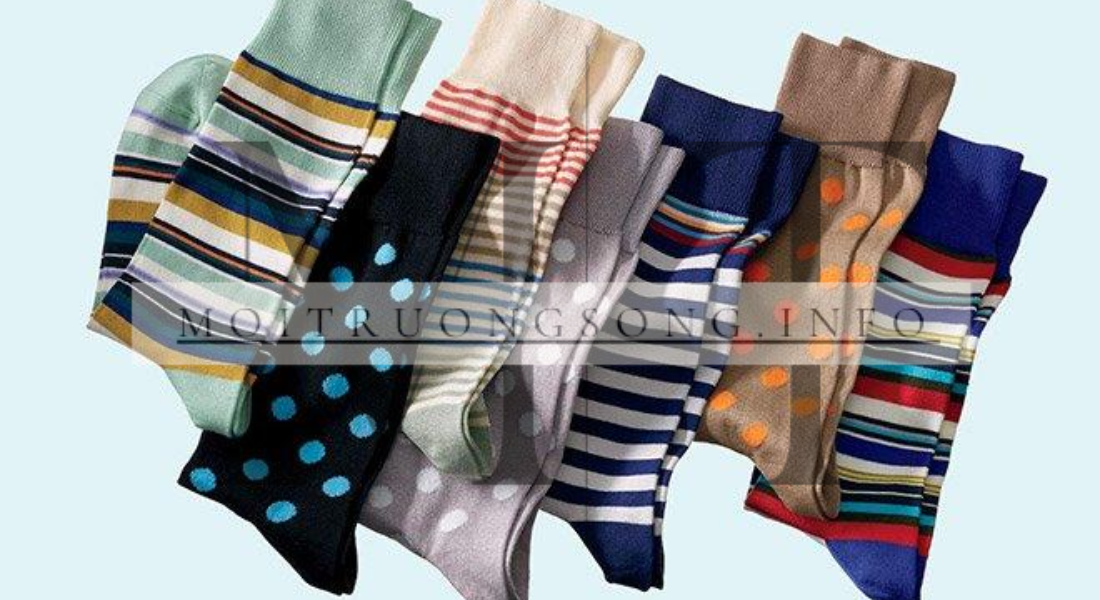Discover the importance of UV protection sunglasses for maintaining eye health. Learn about top features, benefits, and how to choose the best pair for every style.
Protecting your eyes from UV rays is as essential as applying sunscreen to your skin. UV protection sunglasses provide a stylish and practical way to shield your eyes from harmful radiation, reducing the risk of eye damage and discomfort. Whether you’re spending time outdoors, driving, or simply enjoying a sunny day, the right pair of sunglasses can make all the difference. Here’s everything you need to know about choosing, wearing, and caring for UV protection sunglasses to ensure your eyes stay safe and comfortable in the sun.
1. Why UV Protection Sunglasses Are Essential for Eye Health
UV radiation from the sun can damage the eyes, potentially leading to serious conditions like cataracts, macular degeneration, and photokeratitis (sunburn of the eyes). Over time, prolonged exposure to UV rays accelerates the aging of your eyes and increases the risk of vision problems. Wearing UV protection sunglasses helps block these harmful rays, keeping your eyes safe and reducing the strain of bright sunlight. It’s a small step that offers huge benefits for long-term eye health.
2. Understanding UV Protection Levels in Sunglasses
When shopping for sunglasses, look for those with 100% UV protection or labeled as “UV400.” These terms mean the lenses block 100% of UVA and UVB rays, providing comprehensive protection. UV400 specifically blocks wavelengths up to 400 nanometers, covering both types of UV rays and giving you complete coverage. This level of protection is crucial, as it shields your eyes from the full spectrum of harmful rays.
3. Key Features to Look for in UV Protection Sunglasses
When choosing UV protection sunglasses, consider a few key features to ensure you get the best protection and comfort:
- Lens Quality: Look for high-quality lenses that don’t distort your vision, offering clear and sharp visuals.
- Polarization: Polarized lenses reduce glare from reflective surfaces, like water or glass, making them ideal for driving or outdoor activities.
- Frame Fit and Comfort: Choose a frame that fits snugly and comfortably on your face, ensuring it provides sufficient coverage.
- Wrap-Around Design: For maximum protection, wrap-around frames shield the sides of your eyes, blocking peripheral light.
These features enhance your sunglasses’ effectiveness, giving you added comfort and protection for long hours in the sun.
4. Polarized Lenses: Reducing Glare for Clearer Vision
While polarization and UV protection are not the same, they often go hand-in-hand. Polarized lenses don’t block UV rays, but they reduce glare by filtering out horizontal light waves. This makes them excellent for driving, beach days, or any outdoor activity near reflective surfaces. Polarized UV protection sunglasses provide both benefits: reducing glare and protecting your eyes from harmful rays. For those who spend a lot of time outdoors, this combination offers maximum comfort and clarity.
5. Choosing the Right Lens Color for Different Environments
Lens color affects how sunglasses perform in different lighting conditions, and certain colors can enhance visibility. Here’s a quick guide:
- Gray: Reduces overall brightness without distorting colors, making it suitable for bright sunlight.
- Brown/Amber: Increases contrast and depth perception, ideal for sports or outdoor activities.
- Green: Reduces glare while maintaining color balance, perfect for general use.
- Yellow/Gold: Enhances visibility in low light, often used for driving or foggy conditions.
Selecting the right lens color allows you to customize your experience, optimizing clarity and comfort based on your environment.



